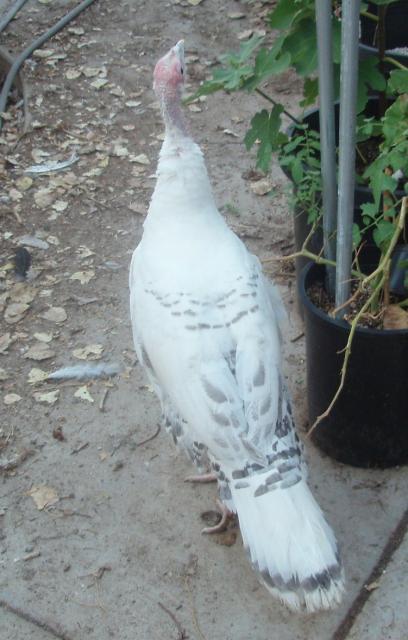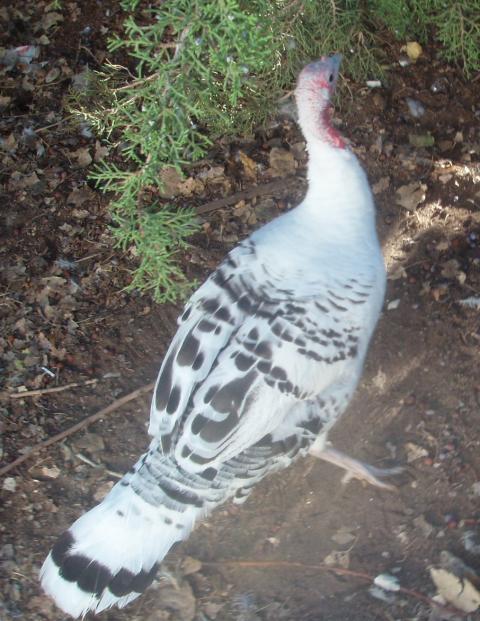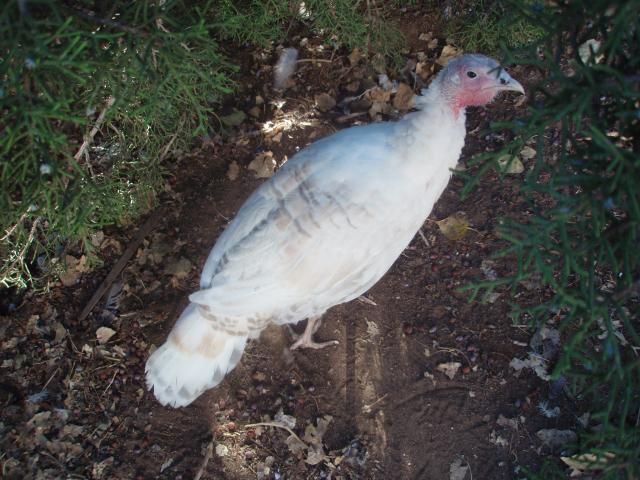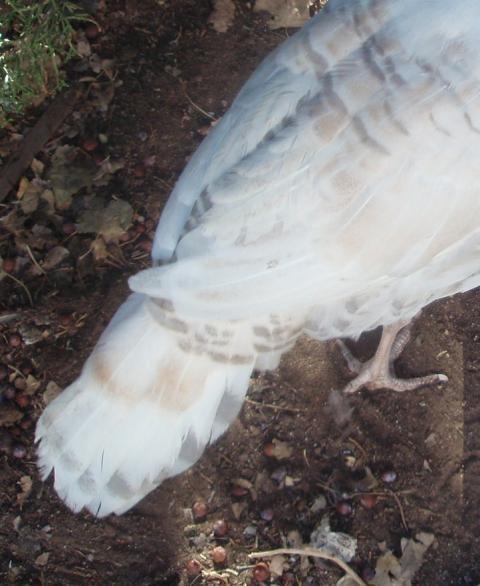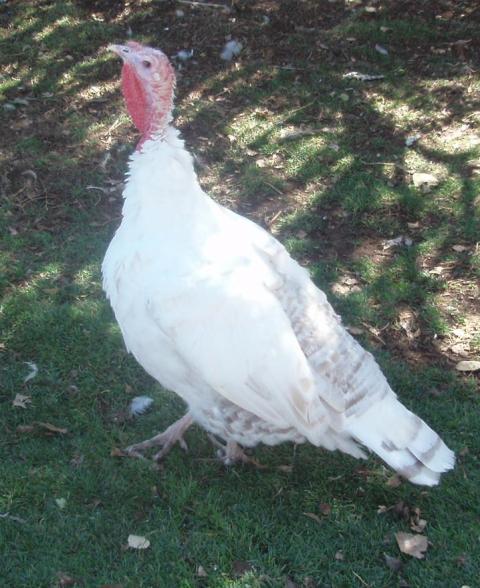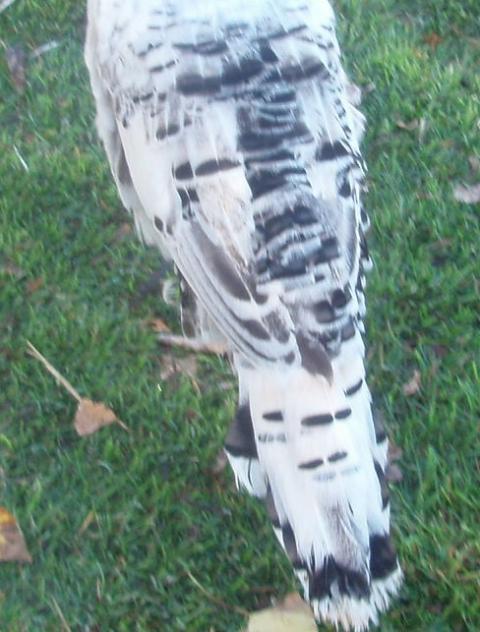I have never looked at the standard of perfection until very recently. I haven't done much breeding, and I don't do any showing so it wasn't very relevant to me. But I am starting to do a little breeding so I thought it would be a good idea to look up what my birds should look like.
For royal palms, disqualifications include "absence of black bands in the main tail and greater coverts." (2001 edition). In the description, black bands are described on the tail coverts and the wing coverts. The illustration clearly shows black bands on the main tail feathers and the tail coverts, producing a tail with two black bands.
What bothers me is that none of my royal palms have the black band on the tail coverts, and more surprising, I cannot find a picture of a royal palm with this secondary tail band. I have looked at photos on this site, found some in magazines, looked at some hatchery sites. No bands on the tail coverts!

So me questions include... Does anyone actually have royal palms with banded tail coverts? Am I misinterpreting the text of the Standard? Is the illustration incorrect? Has the black band been bred out of royal palms and everyone just looks the other way?
For royal palms, disqualifications include "absence of black bands in the main tail and greater coverts." (2001 edition). In the description, black bands are described on the tail coverts and the wing coverts. The illustration clearly shows black bands on the main tail feathers and the tail coverts, producing a tail with two black bands.
What bothers me is that none of my royal palms have the black band on the tail coverts, and more surprising, I cannot find a picture of a royal palm with this secondary tail band. I have looked at photos on this site, found some in magazines, looked at some hatchery sites. No bands on the tail coverts!

So me questions include... Does anyone actually have royal palms with banded tail coverts? Am I misinterpreting the text of the Standard? Is the illustration incorrect? Has the black band been bred out of royal palms and everyone just looks the other way?


